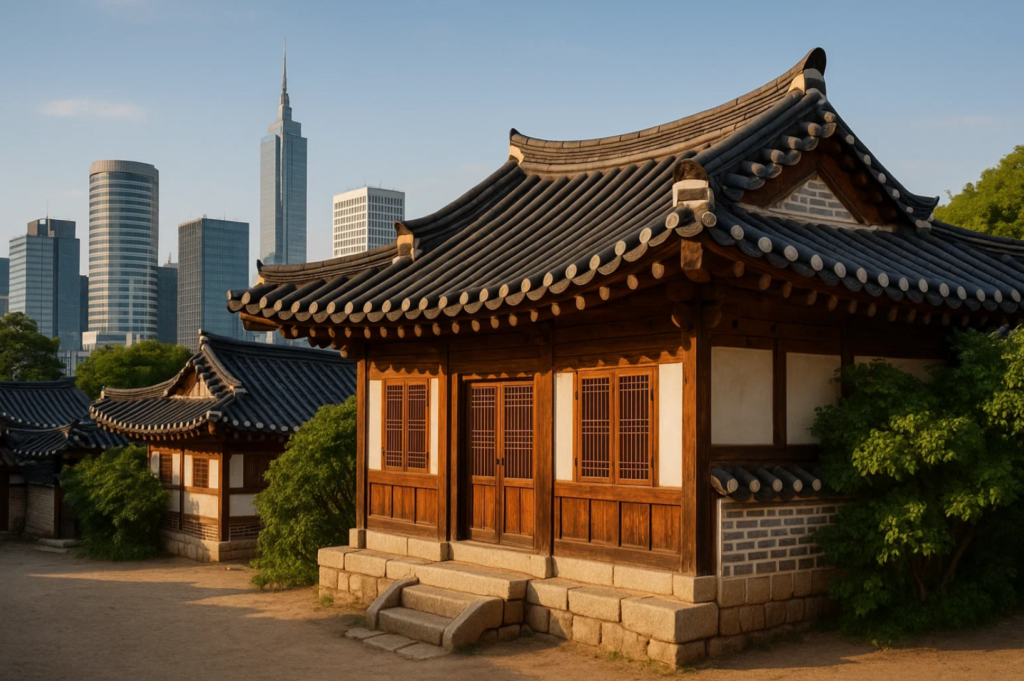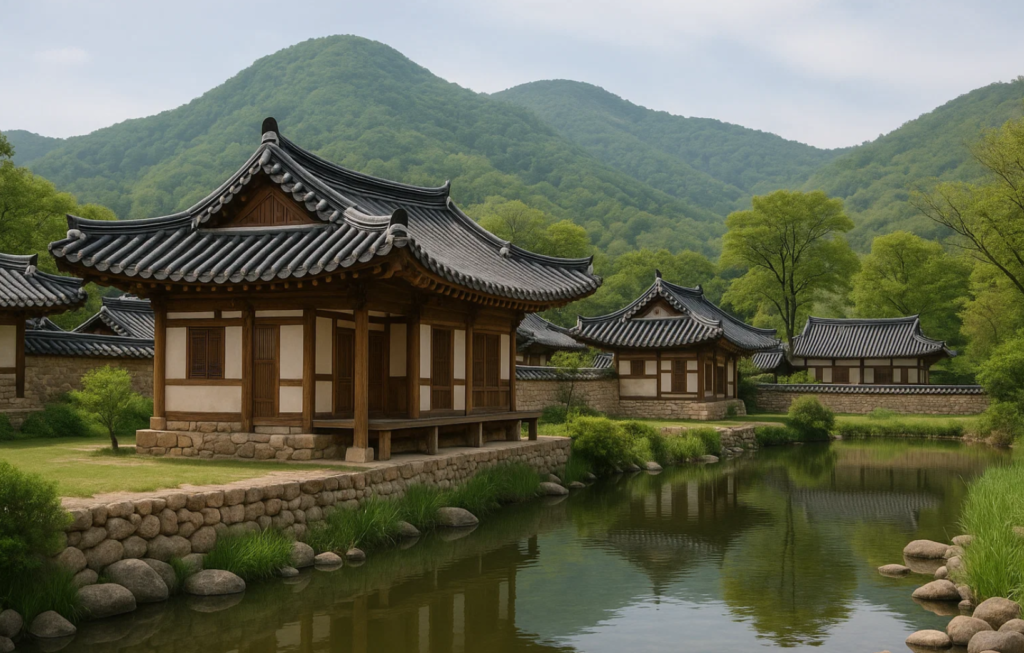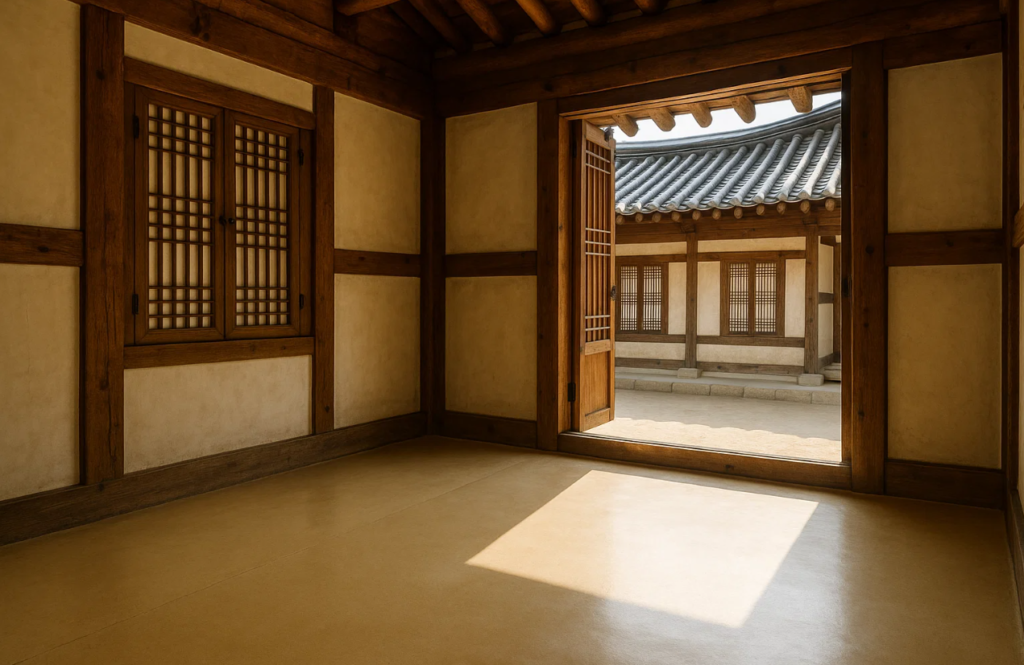The Cultural Significance of Hanok: Korea’s Traditional Houses Reimagined
More than just wooden houses, hanok reflects centuries of Korean culture, design, and harmony with nature. Learn how it's being reimagined in modern times.

Hanok, the traditional Korean house, is more than just a building—it’s a cultural expression shaped by history, philosophy, and harmony with nature.
While gleaming skyscrapers and futuristic apartments now dominate Korean cityscapes, hanok remain a timeless symbol of Korean identity.
This guide explores the deep-rooted meaning of hanok, its evolution, and why it continues to captivate both locals and travelers.

▌A House Shaped by Nature and Philosophy
Hanok is built on the principle of “Baesanimsu” (배산임수), meaning homes are ideally located with mountains in the back and water in the front. This reflects a deep connection with nature and an understanding of energy flow, or gi (기), rooted in Korean geomancy (풍수지리).

Traditional hanok are also designed to align with Confucian values—emphasizing order, hierarchy, and respect for elders. The inner layout typically separates men’s and women’s quarters, as well as communal versus private areas, reflecting social structure.
▌Natural Materials and Sustainable Design
One of the most distinctive aspects of hanok is the use of natural materials such as wood, clay, stone, hanji (traditional paper), and rice straw. These materials are not only eco-friendly but also promote breathability, insulation, and comfort in all four seasons.

Ondol (온돌), the underfloor heating system, is a key innovation unique to hanok, providing warmth from below in winter months—a design still echoed in modern Korean homes today.

▌Symbolic Architecture : Curves, Balance, and Light
Hanok architecture is rich in symbolism. The gently curved tiled roofs (기와지붕) not only drain rainwater efficiently but also represent a soft, embracing spirit. Wooden beams are left visible to showcase craftsmanship, and the overall symmetry of the house promotes emotional balance and unity.

Windows and doors made with translucent hanji paper filter light softly into interiors, creating a peaceful, meditative atmosphere.
▌Modern Hanok : Preservation Meets Innovation
In recent years, hanok has seen a renaissance. Architects and designers are reimagining hanok with modern amenities while preserving traditional aesthetics. Cities like Seoul, Jeonju, and Andong now feature urban hanok villages where visitors can stay overnight and experience life in a traditional setting.

From luxury hanok hotels to minimalist hanok cafés, the blend of old and new offers both visual beauty and cultural depth.
▌Living Heritage : Hanok as Cultural Legacy
Hanok is more than a structure—it is a living embodiment of Korea’s values: harmony, humility, and respect for nature and people. Whether used as a home, a tea house, or a guesthouse, hanok continues to foster a slower, more thoughtful way of living in a fast-paced world.
Visitors who stay in or explore hanok often describe the experience as grounding and restorative—an authentic connection to Korea’s cultural heart.
▌Final Thoughts : Hanok’s Role in Modern Korean Identity
As Korea modernizes rapidly, hanok serves as a gentle reminder of the country’s roots. Its continued relevance lies in its ability to evolve while retaining its essence—offering a space where past and present coexist in harmony.
For travelers, stepping into a hanok is not just a cultural encounter but a quiet invitation to experience life at a different rhythm—one shaped by wood, wind, light, and generations of wisdom.
“Discover Korea, one story at a time.”
“하나의 이야기로 한국을 만나보세요.”
If you enjoyed this story, share it with someone who’d love it too.